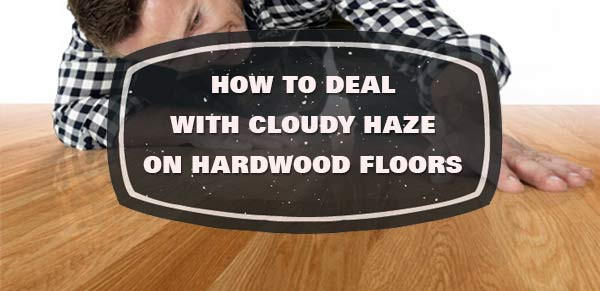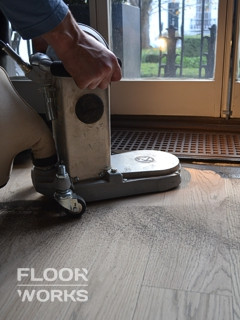How to prevent the surface of your floor from colour changing
Over time, even the finest wooden floor will begin to lose its colour under the influence of sunlight. How to stop the floor from fading? Find out!
Nothing in the world remains unchanged. Hardwood floors are no exception. Given the fact that they are rather expensive compared to most other types of flooring it makes sense to do everything we can to protect them. Their health and the way they look depends on many factors and among them the atmospheric conditions.
Why is my floor losing colour?

The main reason wood changes its colour is the sunlight. This process varies a lot between different wood species because each of them experiences it differently. There are those types of wood which are said to age well, like oak and cherry, while some of the exotic alternatives like Brazilian cherry will be more affected. In fact, exotic timber tends to be more sensitive to ultraviolet sunlight but instead of fading, they darken. Considering that big part of the charm of such flooring is their particular colour and uniqueness, they need additional protection if you want to preserve their appearance. It is all highly subjective, though. Some even claim that the darkening is a sign of character. If you think so too, then exotic wood may be just the thing you need!
You know what is particularly trendy these days? Dark floors. For centuries, this colour has been considered a symbol of power and wealth and this view has been reflected in the homes of those who had both.
Dark floors are less susceptible to colour changes but not immune to them.
How to prevent colour changing?
Limit exposure. When exposed to direct sunlight, certain parts of the floor are affected for a longer period of time. Naturally, those places getting more ultraviolet radiation during the hottest hours will suffer more. The most basic thing you can do is to use curtains, drapes or plants in front of the windows to stop the light from directly reaching your floor.
Clever furniture placement. Another thing you can do is to move the furniture and rugs around every few months. You might not need some radical changes. Just make sure that some areas aren’t completely covered by a piece of furniture constantly while others are affected by sunlight for prolonged periods of time.
Proper and regular maintenance. One the best and most effective methods for protecting your floor is by polishing it every few months and sanding every 5-10 years. You don’t have to wait for the damage to become too much to handle. You have to act fast and deal with the problem on time.
UV protection. You can also install windows with UV shielding or even better - get a floor finishing product specifically designed to prevent UV discoloration! If you get yourself a pre-finished floor, you will enjoy a factory coating which usually comes with a UV protection several times stronger than the one offered by the flooring companies.
Take care with rugs. Carpets and rugs are a great way to prevent your floor from suffering wear and tear but they can have unpleasant effect as well. One of the main downsides of rugs comes from their ability to leave a trace caused by the difference between surface exposed to direct sunlight and the one under the carpet itself. There are two ways to deal with this. First, is in the above-mentioned method - finish with a UV filter. Second, there is the option to let your whole floor exposed to sunlight for some time so it can affect the floor equally everywhere before putting the rug on, permanently. You will inevitably get some colour disparity but it is a natural process which in the end cannot really be stopped only stalled.



